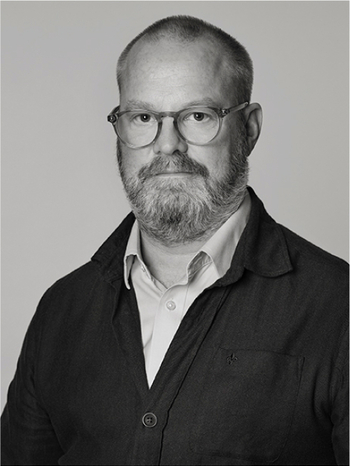Christen Købke
Marina Grande, Capri, with a fishing Boat in the Foreground
Painted in 1839. Oil on paper laid down on canvas 27 x 38 cm. Set in an Empire frame.
Tuontiarvonlisävero
Tuontiarvonlisävero (12%) tullaan veloittamaan tämän esineen vasarahinnasta. Lisätietoja saat soittamalla Ruotsin asiakaspalvelumme numeroon +46 8-614 08 00.
Alkuperä - Provenienssi
The estate of Christen Købke, 1848; acquired by medallist F.C. Krohn (the artist's brother-in-law); by descent to his son Pietro Krohn; Pietro Krohn's auction, March 19, 1906, lot 45; the collections of Consul general Johan Hansen; his auction, V Winkel & Magnussen, Sale 128, 1933, lot 100, illustrated in the catalogue, p. 9; the collections of Baron A.H. Bille-Brahe; his auction, Winkel & Magnussen, Sale 188, 1936, lot 44, illustrated in the catalogue, p. 14; ABR auctions, Sale 366, "The collection of late Hans Lystrup", 1977, lot 130; private collection, Denmark (acquired at the above sale); Bruun Rasmussen, Copenhagen, August 31, 1999, lot 257; J.E. Safra Collection.
Näyttelyt
Kunstforeningen, Copenhagen, 1884, no. 79; Kunstforeningen, Copenhagen, 1912, no. 149; Kunstforeningen, Copenhagen, 1953, no. 84; National Gallery, London, 1987-1989 (on temporary loan); Statens Museum for Kunst, Copenhagen, "Christen Købke. 1810-1848", February 10 - May 5, 1996, no. 151.
Kirjallisuus
Emil Hannover, catalogue raisonné, no. 121; Mario Krohn, catalogue raisonné, no. 151; Hans Edvard Norregard-Nielsen, catalogue raisonné, no. 151, illustrated, vol. III, p. 103.
Muut tiedot
Upon graduating from the Royal Danish Academy of Fine Arts in Copenhagen, many Danish Golden Age artists capped their training by going on long study trips. Many followed in the footsteps of academy professor C.W. Eckersberg and set out for Rome or the coastline around Naples, and such journeys could extend for years. They would travel by sea on ships, or across land in horse-drawn carriages. Some stretches were even traveled on foot. Only later in the century did the railways and steam engines make it possible to travel through Europe at any greater speed.
In 1838 Christen Købke was awarded a travel stipend from the Royal Danish Academy of Fine Arts and, together with the decoration painter Georg Hilker (1807-1875), traveled to Italy via Dresden and Munich. Towards the end of the year they reached Rome where Købke met up with his brother-in-law, the sculptor Frederik Christopher Krohn (1806–1883), and many other Danish artists as well.
The following summer Købke, along with Constantin Hansen (1804-1880), continued to Naples, Sorrento, Pompeii and Capri where there were plenty of outdoor motifs to be found. Købke arrived on Capri in September 1839. He stayed for three months and made several paintings and drawings from the island. ”Marina Grande, Capri, with a fishing Boat in the Foreground”, in the current sale, belongs to this group of works and it is also closely related to ”View of Marina Grande, Capri” (oil on paper, 29.9 x 39 cm, 1839, Hirschsprung Collection, Copenhagen, Accession number 262, acquired by Hirschsprung in 1875).
In 1840 Købke returned home with a collection of sketches and paintings in his luggage. Unfortunately most of his later work found little favour and his application for admission to the Academy was also rejected in 1846, two years prior to his premature death in pneumonia in 1848. In the immediate years following 1848 Købke became more or less forgotten, much due to his premature death and limited production. Despite his obvious talent and the praise of various contemporaries, Købke had never been much in demand or inundated with commissions.
Today however Købke is regarded as one of the most talented Danish artists of his generation and a large part of his production is accordingly seen as an unmistakable contribution to the body of work that defines the greateness of the Danish Golden Age of Painting. Købke, who found most of his motifs in his immediate surroundings, is nowadays internationally recognized for his well executed and harmonious compositions, characterized by their coloristic qualities and serene sense of everyday life. Several of these works are considered to be high points of the period.
Købke’s works are now held in the collections of not only Danish museums but also internationally acclaimed museums such as the J. Paul Getty Museum in Los Angeles and the Scottish National Gallery in Edinburgh.






































